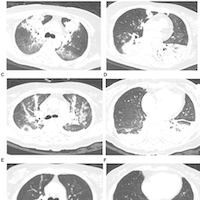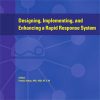Hospitals Delay Use Of New Antibiotics
cidrap.umn.edu
According to a new study published in Diagnostic Microbiology and Infectious Disease, US hospitals on average waited more than a year to prescribe any of six new antibiotics approved by the US Food and Drug Administration (FDA) within the past 5 years.
For the study a clinical administrative database of US medical centers was analyzed from 2014 through 2018 to determine the first use of six new antimicrobials that had received qualified infectious disease product (QIDP) designation from the FDA: ceftazidime-avibactam, ceftolozane-tazobactam, dalbavancin, isavuconazole (an antifungal), oritavancin, and tedizolid. Among the 132 hospitals that reported prescribing one of the six QIDP agents, the median number of days to use any of them was 398, with some hospitals using the new drugs within 2 weeks and others waiting more than 4 years.
Hospitals with sicker patients were quicker to use the new antimicrobials, and large hospitals and academic medical centers were more likely to use any of the QIDP agents than smaller hospitals and non-academic medical centers.
The concern is that the delay in use of these new drugs has a significant financial impact on the companies that are making them. With many of the large pharmaceutical companies having abandoned the antibiotic development market, that space is now being filled by smaller companies that don’t have the financial wherewithal to develop products that fail to produce a significant return on investment.















